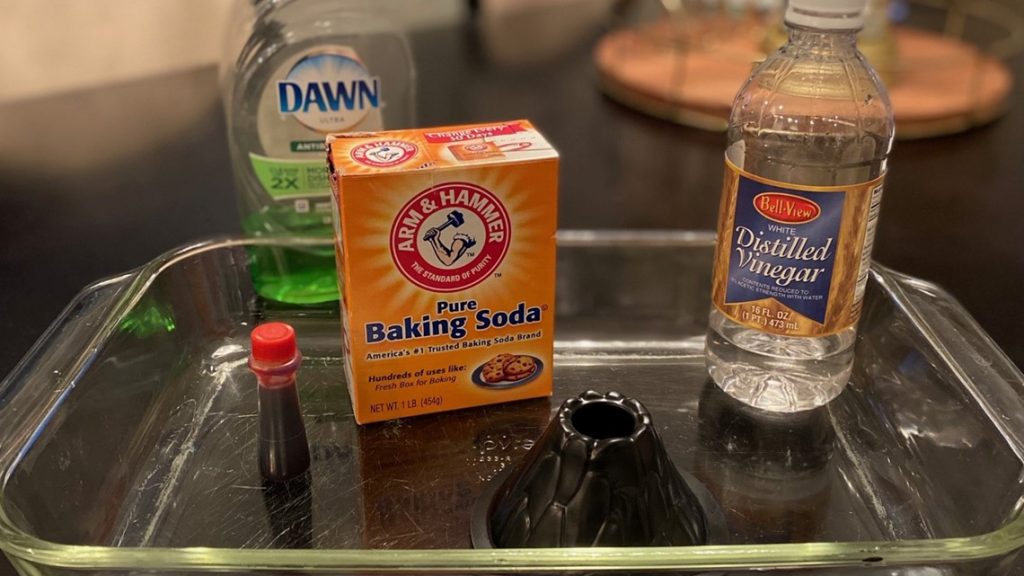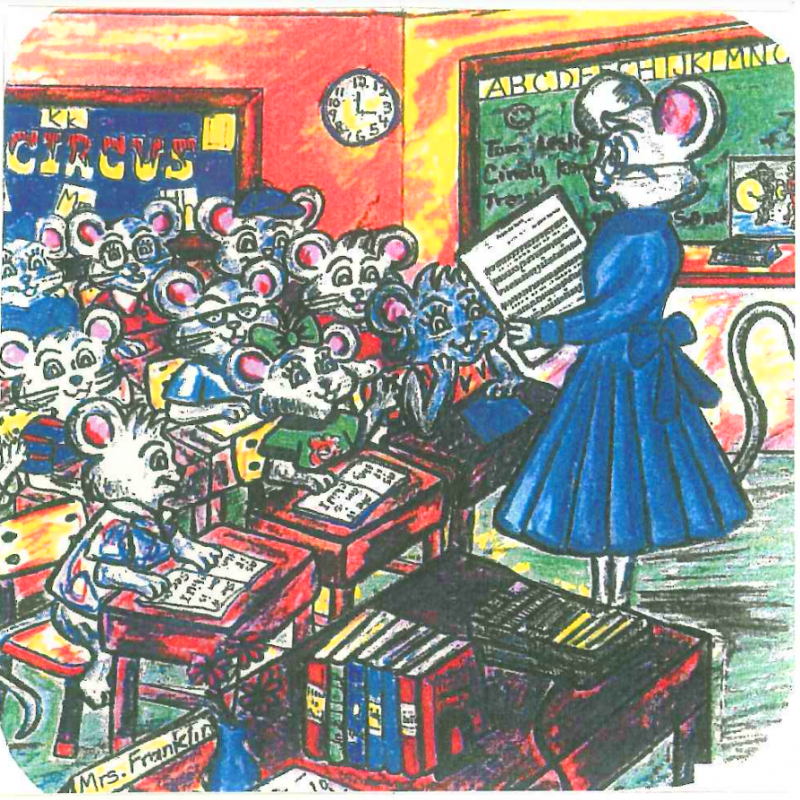Your cart is currently empty!

Teacher: Science: Mr. K (Konietzka)




This Week in Science
How To Make a Volcano for Kids
Want To See A Volcano Erupt Up Close? We are making volcanoes erupt in your schoolyard with the Volcano Science Experiment. The best way to help our students learn puzzling acids and base concepts is by conducting a simple volcano experiment. Also, this baking soda vinegar volcano is the best way to teach children about the chemical reaction between acids and bases.
Things Needed For Volcano Experiment
- 100 ml of warm water
- 10 ml of dish soap
- 400 ml of white vinegar
- Empty 2-litre soda bottle
- 2 drops of red food coloring
- Baking soda slurry ( ½ cup baking soda and ½ cup water)

It’s pretty simple. Here is a step-by-step guide to performing the volcano science experiment.
- Step 1: Mix the dish soap, water, white vinegar, and food coloring and pour it into the empty soda bottle.
- Step 2: Make a baking soda slurry with ½ cup baking soda and ½ cup water. Mix it thoroughly with a spoon, until it’s completely dissolved.
- Step 3: Now, it’s eruption time! Quickly but carefully pour this slurry into the bottle and step back. Now, watch the volcano erupt and spill out red lava!
Description
Volcanos, Eruptions, and Earthquakes! With this earth science kit from National Geographic! Your student will get to cast their own volcano, paint it, and then make it erupt! This is a great activity and provides fun for all ages. We will be learning about tectonic plates, earthquakes, volcano formation, and volcanic rocks. National Geographic’s learning guide has provided many interesting facts and is designed to promote a love of geology and science.
This science kit includes:
- Plaster
- Volcano mold
- Paints and paintbrush
- Wooden stir stick
- Eruption powder
- 2 volcanic rock specimens
- A full-color learning guide


Last Project:
Penny Raft:
Are you ready to take the penny boat challenge?
It’s a classic! Water, water everywhere! Water is great for another awesome STEM activity for kids. We are designing a simple popsicle raft, and see how many pennies it can hold before it sinks. How many pennies will it take to make your boat sink?
Learn about simple physics while you test out your engineering skills.
HOW DOES A STRAW BOAT FLOAT?
An ancient Greek scientist named Archimedes was the first known person to discover the law of buoyancy through experimentation.
Legend has it that he filled a bathtub and noticed that water spilled over the edge as he got in, and he realized that the water displaced by his body was equal to the weight of his body.
Archimedes discovered that when an object is placed in water, it pushes enough water out of the way to make room for itself. This is called water displacement.
QUESTIONS FOR REFLECTION!
Get the kids thinking! Here are some great questions to ask as a wrap up to this challenge including:
- If you could repeat the challenge, what would you do differently?
- What was the hardest part of the challenge?
- What other types of materials would you like to use for this challenge?

Past Projects
Year: 2023-Week Jan 22-27
Year: 2023-Week Jan 16-20
Year: 2023-Week Jan 09-13
Year: 2022-Week Dec 19-23
Year: 2022-Week Dec 12-16
Year: 2022-Week Dec 05-09
There are multiple reasons for science to be a core part of elementary school learning. It can support: (a) development of a knowledgeable citizenry, (b) meaningful learning of language and mathematics, (c) wonderment about how the natural world works, and (d) preparation for STEM-related careers..
⭐ Children can develop a healthy dose of skepticism from studying science. Science also instills a sense of intrigue that allows students to understand and form questions based on the knowledge they gained. Many students find science inspiring and interesting and, thus, pursue new scientific interests. Science can give children the belief that they can help solve the world’s problems, which is a great thing. Science instills the ability to think logically and solve problems. Almost everything you see is because individuals had a question and used their knowledge of science to solve it.
Science Projects:
- Week 01-02:
- Week 03-04:
- Week 05-06:
- Week 07-08:
- Week 09-10:
- Week 11-12:
- Week 13-14: No School
- Week 15-16:
- Week 17-18: No Class
- Week 19-21:
- Week 22-25:
- Week 26-27: No Class
- Week 19-21: Make a Volcano
Important Science Concept:
- Week 01-02:
- Week 03-04:
- Week 05-06:
- Week 07-08:
- Week 09-10:
- Week 09-10:
Field Trips
- Rocket Day
- Grand Canyon
Other Electives:

Band / Instruments
- Grade 3-6:
- M-W
- 8-8:45 am
- Jazz & Pop:
- Th
- 8-8:45 am
- Music: Instruments
- Grade 3 Tuesday:
- 9-9:45am
- Grade 4 Tuesday:
- 10-10:45am
- Grade 3 Tuesday
- 10:45-11:30am
- Grade 3 Tuesday:
Choirs: After lunch
Music / Kodály:
- Kindergarten:
- Monday
- Tuesday
- Grade 1:
- Monday
- Wednesday
- Grade 2:
- Tuesday
- Wednesday
- Grade 3:
- Thursday
- Grade 4:
- Thursday
- Grade 5-6:
- Thursday
Visual Arts: Wednesday
- Kindergarten:
- Wednesday
- Grade 1:
- Wednesday
- Grade 2:
- Wednesday
- Grade 3:
- Wednesday
- Grade 4:
- Wednesday
- Grade 5-6:
- Wednesday
Physical Education:
- Kindergarten: Monday
- Grade 1: Monday
- Grade 2: Monday
- Grade 3: Monday
- Grade 4: Monday
- Grade 5-6: Monday
- Basketball: M-W
⭐ “Think and Wonder, Wonder and Think”
~ Dr. Seuss


